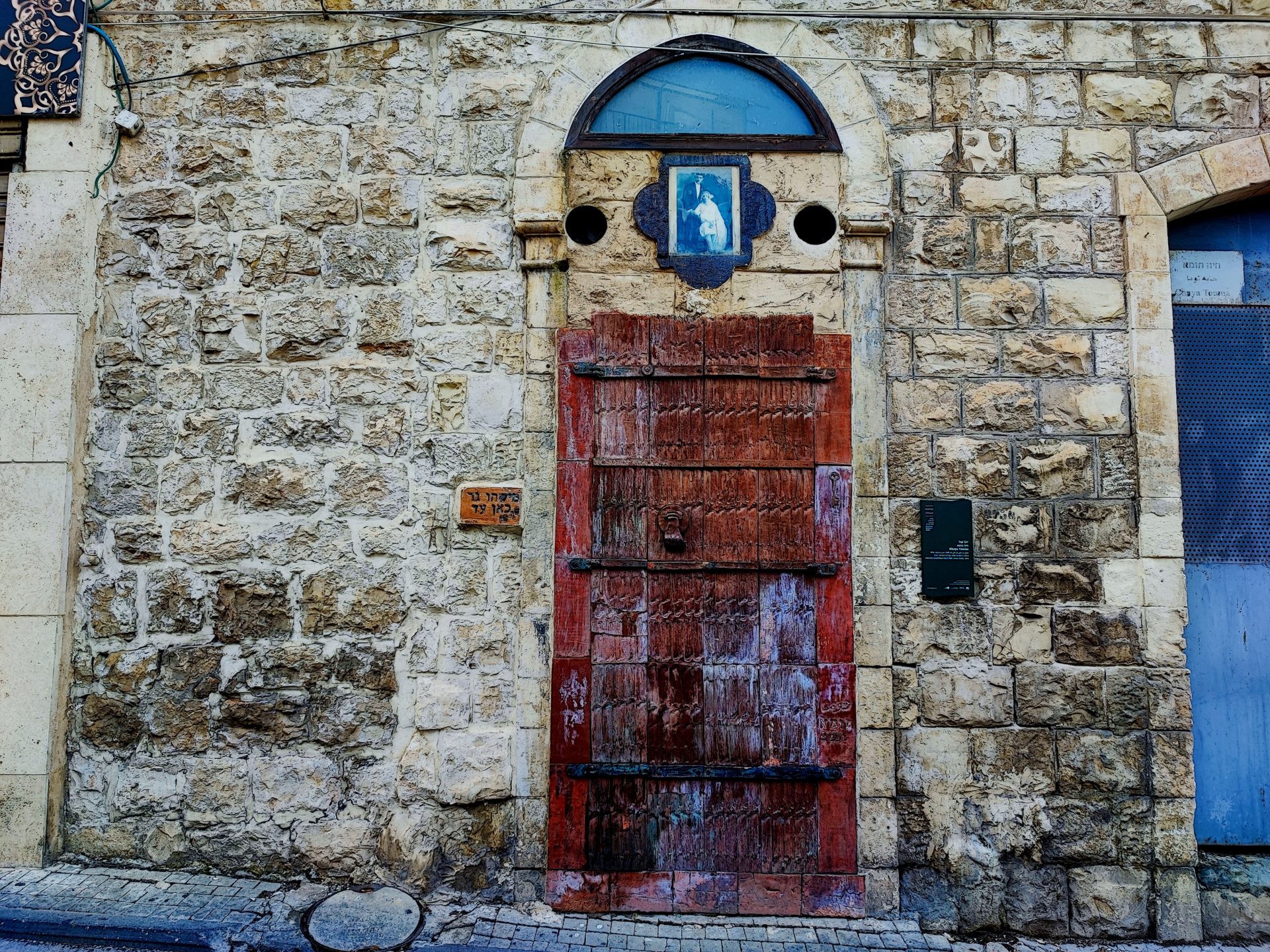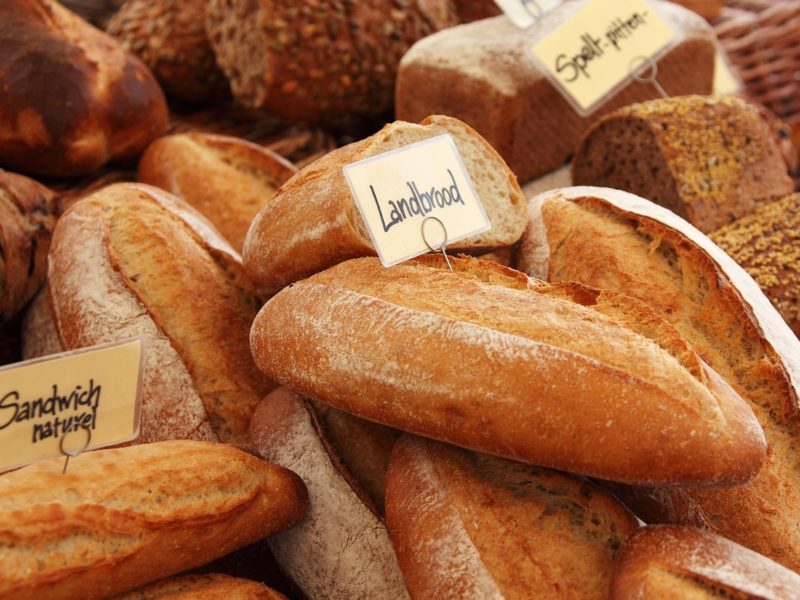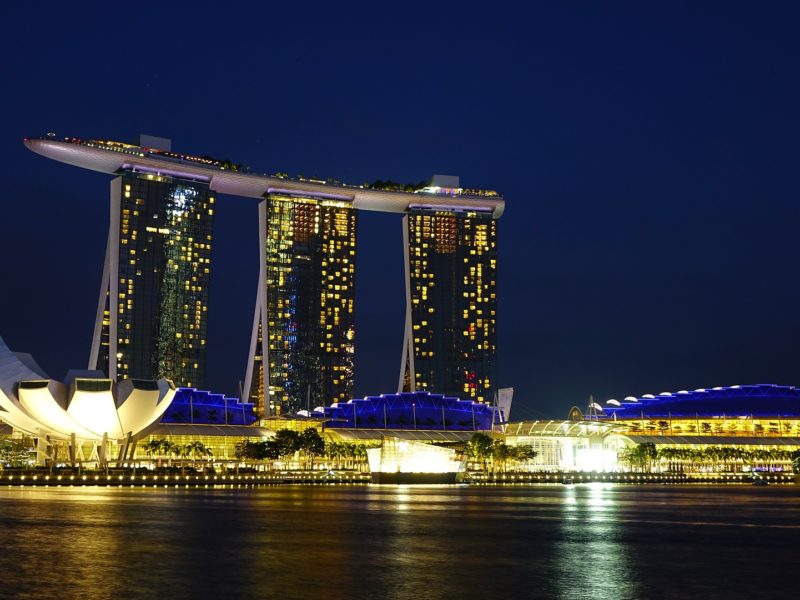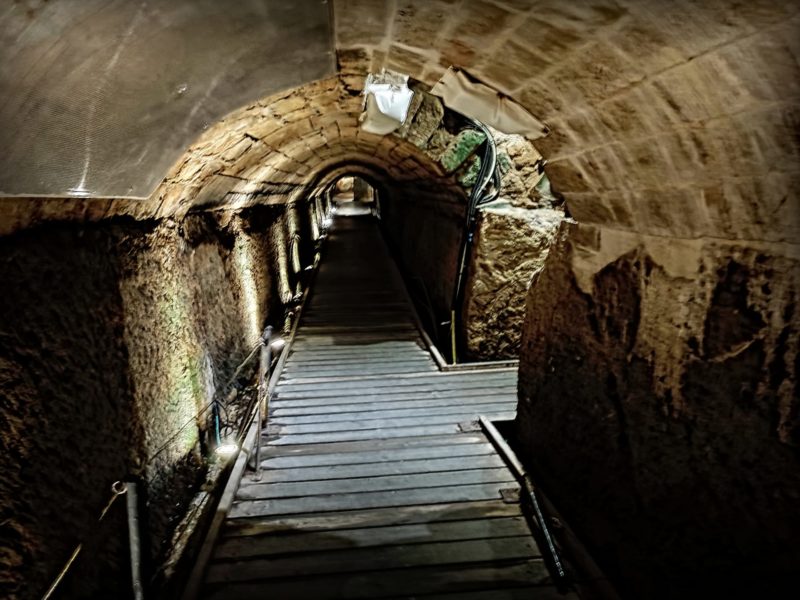Wadi Nisnas - perhaps the brightest and most unusual area of Haifa. One of its historical gems.
Wadi Nisnas was built at the end of the nineteenth century. As planned, it appeared as a Christian-Arab area outside the walls of Haifa. And although after 1948 Wadi Nisnas became the center of the Arab community in Haifa, nevertheless, it remains a symbol of Arab-Jewish cooperation. This is a vivid example of the coexistence of different cultures and confessions within a single region.
Wadi Nisnas has about 8,000 inhabitants. The current census of the Israel Central Bureau of Statistics indicates in its report that more than half of the population of Wadi Nisnas are Christians, about 31.5% are Muslims, and the remaining few percent are Jews living here.
Translated from Arabic, Nisnas is a mongoose.
And since Wadi Nisnas is characterized by narrow streets, the mongoose would feel at ease here. There are many old stone houses in the area, some of which have been standing here since the foundation of the area.
Wadi Nisnas is very popular with tourists and their main influx occurs during the Festival of Holidays. When Wadi Nisnas becomes the center of Christmas celebrations. In honor of the holiday, the buildings are decorated with decorations, illuminated by millions of garland lights, Christmas decorations, Christmas compositions and souvenirs are sold everywhere.
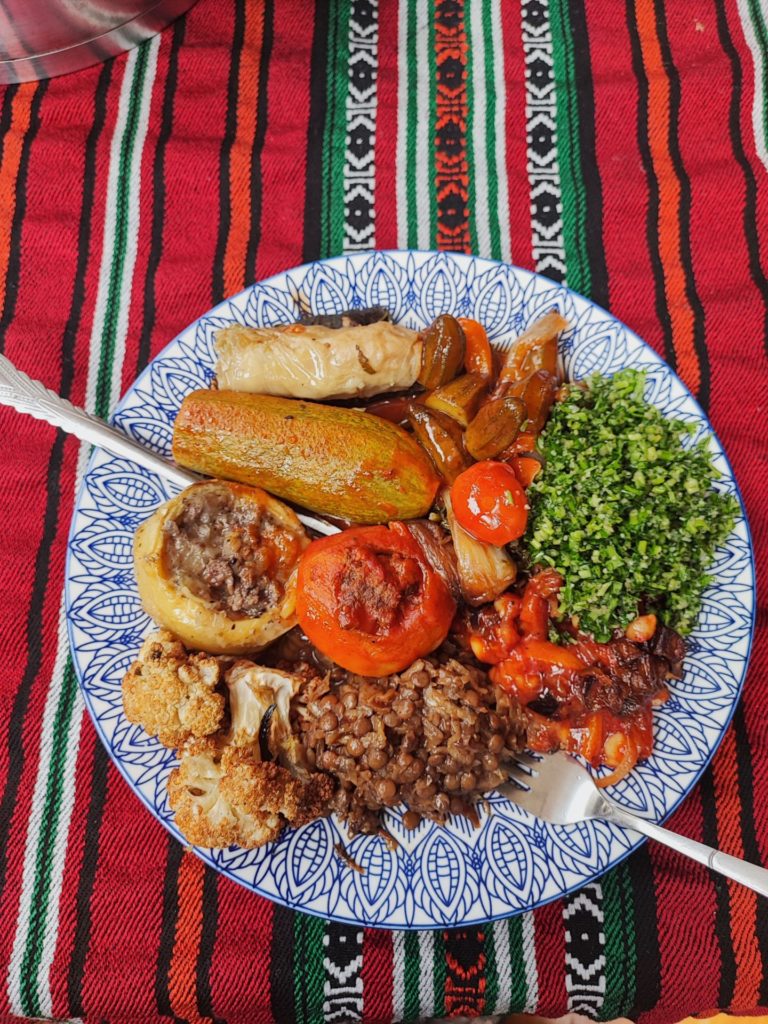
But the rest of the year, Wadi Nisnas is not deprived of tourists. Many local guides include the area in their sightseeing tours of the city, and some even organize tasting and educational excursions exclusively within this colorful area.
By the way, there are several falafel shops in Wadi Nisnas that compete for the title of the best falafel in the city. Here, every morning, right in the street kitchen, businesslike housewives prepare homemade food in order to feed tourists and townspeople with it for dinner, whom lunch found in the Wadi Nisnas area. Nearby is a shop with oriental sweets, whose selection of baklava is amazing.
But in the rest of the year, Wadi Nisnas is not deprived of tourists. Many local guides include the area in their sightseeing tours of the city, and some even organize tasting and educational excursions exclusively within this colorful area.
By the way, there are several falafel shops in Wadi Nisnas that compete for the title of the best falafel in the city. Here, every morning, right in the street kitchen, businesslike housewives prepare homemade food in order to feed tourists and townspeople with it for dinner, whom lunch found in the Wadi Nisnas area. Nearby is a shop with oriental sweets, whose selection of baklava is amazing.
Walking along Wadi Nisnas, you can see green signs on buildings everywhere. This is nothing more than a unique project - the Museum without walls. The exhibition, which has been curated by the Beit HaGefen cultural center for more than 20 years. Over 60 frescoes and sculptures form this unique museum. They are located right on the facades of the building or hidden in secluded streets. Here, sculptures stand nearby and paintings by Palestinian and Jewish artists hang, as if once again symbolizing the sometimes difficult ties between the two peoples. You can arrange a quest for yourself and try to find as many masterpieces as possible, or just go for a walk and get acquainted with the cultural code of this unique country.
